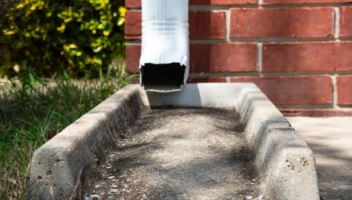The Haunted Horrors of Home Water Damage: What Every Homeowner Needs to Know Now
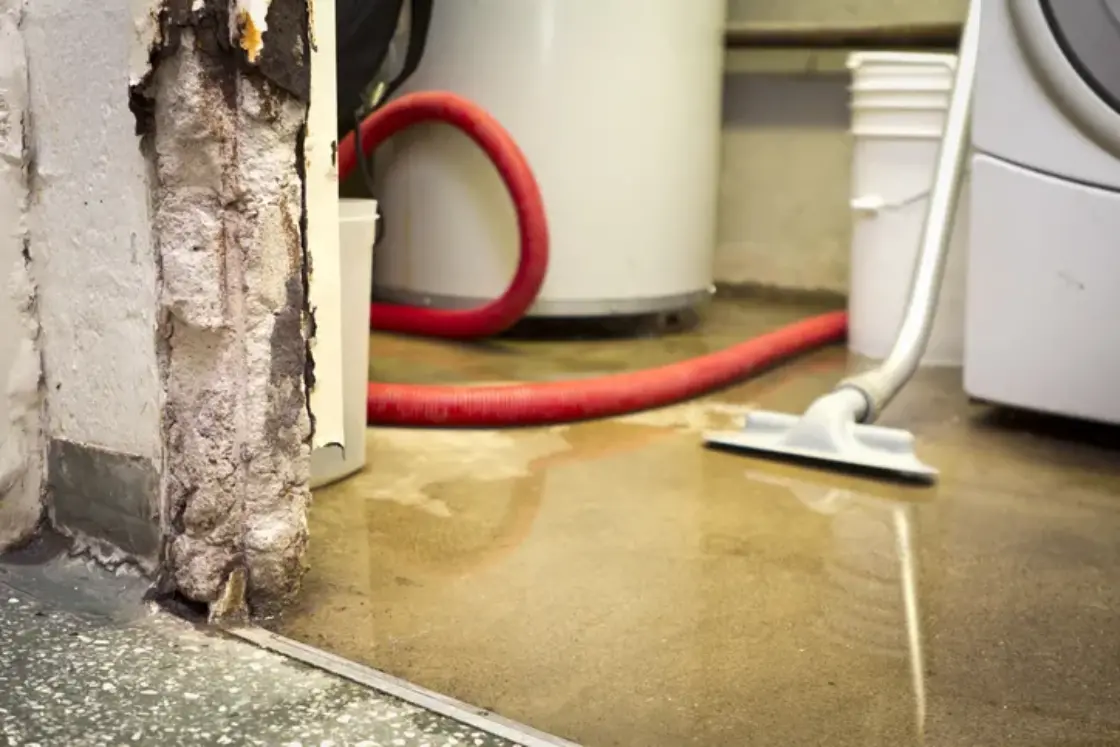
As the moon shines brightly and the eerie sounds of Halloween echo through the night, a monster lurks in your home, more insidious than any ghost or ghoul. It creeps into your walls, floors, and foundation, leaving a trail of destruction in its wake. Its name? Home water damage. This silent menace can wreak havoc on your property, transforming your cozy abode into something straight out of a horror movie.
But don’t worry, it’s not all doom and gloom. We’re unmasking this hidden horror to shed light on the causes and risks of home water damage. While also providing effective preventive measures to keep this beast at bay. Let’s dive in and find out.
4 Water Damage Statistics That Matter
Water damage can be a homeowner’s worst nightmare. Not only can it cause significant harm to your house, but it can also lead to serious health issues if left untreated. Home water damage is among the most common and costly insurance claims for homeowners.
According to Property Management, here are four home water damage statistics that highlight the importance of being aware of this lurking danger.
- 98% of basements in the United States experience some water damage
- Even a minor leak can increase the average household water bill by 10%
- On any given day, home water damage emergencies affect 14,000 people
- Nationwide, household water damage costs up to $20 billion annually
The Different Categories of Water Damage
There are three types of water damage categories: clean water, greywater, and black water damage.
- Category 1: Clean Water Damage typically results from rain or leaky pipes and does not pose an immediate health risk. There are no toxins or hazardous materials in the water. It can cause significant water damage to your foundation, furniture, and appliances in large quantities. Clean water is safe for homeowners to clean up without any lasting damage. But, if left unattended, it can turn to gray and blackwater quickly (24–48 hours).
- Category 2: Greywater Damage is caused by dirty water exposed to waste or chemical contaminants. Some examples include water from the dishwasher or washing machine. While less safe to handle than clean water, it is still safe enough for homeowners to clean on their own. Just make sure not to ingest this water.
- Category 3: Black Water Damage results from highly contaminated water. Black water contains pathogens or toxins that can cause severe health problems. This includes sewage water, flood water, seawater, and even groundwater. This water is unsafe to handle without proper training and gear and should be handled by a professional immediately.
What Does Water Damage Look Like?
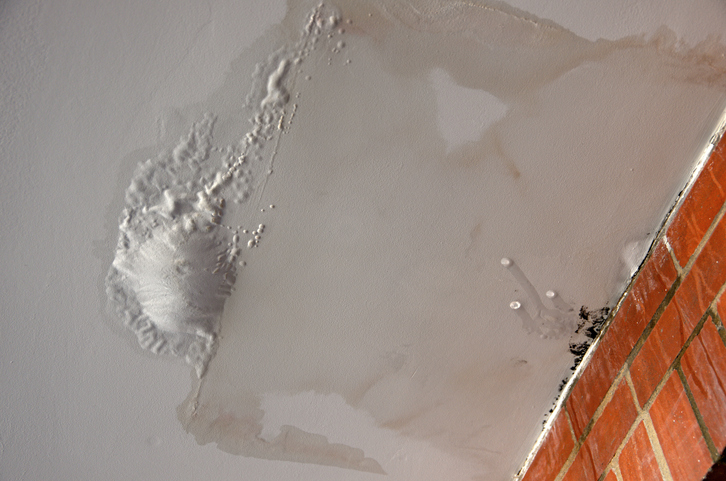
Water damage can take many forms and is not always easy to spot. Here are some signs that you could have water damage in your home:
- Discoloration: Often seen as yellowish-brown spots or streaks on ceilings and walls. These marks often signify a continuous water leak or a burst pipe, leading to the constant dampening and eventual staining of the affected area. This is the most common sign of water damage.
- Changes in Texture: Walls, ceilings, and floors may bubble, buckle, or warp if water is present. Prolonged exposure to water, like basement flooding, can change the structural integrity, leading to visible deformations.
- Foul Odors: Musty, damp smells are a clear sign of water damage. Odors are often a result of mold in the basement and mildew growth, which tends to occur in moist, damp areas.
- Mold Growth: Visible mold growth is a clear sign of water damage. Its presence indicates a persistent source of water, often hidden within walls or under floors. Mold is known to cause many health issues, especially for those with respiratory problems.
- Higher Than Usual Water Bills: If your monthly water bill suddenly goes up, this can be a sign there’s an undetected leak in your home. Monitor your water bill regularly to watch for any significant increases.
If you notice any of these signs in your home, it’s essential to identify and address the source of water damage immediately.
The Common Causes of Home Water Damage
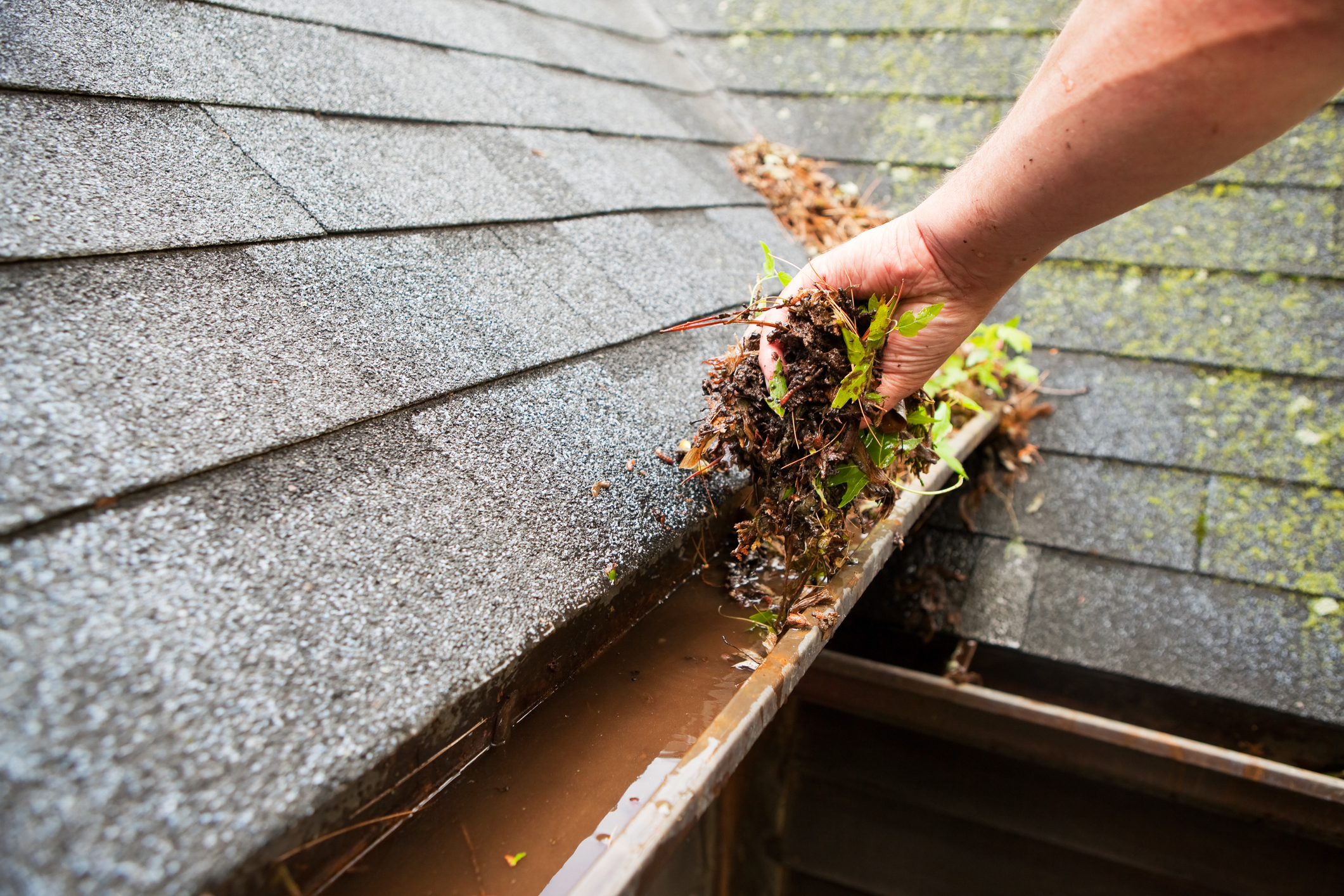
While heavy rain, storms, or flooding may be the most frightening causes of water damage, they are not the most common. Most sources of home water damage are more subtle, sneaking up on you gradually over time. Some of the most common causes of water damage include:
- Leaking Pipes: Often undetected until significant damage is done, leaky pipes can gradually undermine your home’s structural integrity. If left untreated, they can lead to mold, rot, and even weaken the foundation.
- Faulty Household Appliances: Appliances like washing machines, dishwashers, and refrigerators can cause water damage if they malfunction or their water supply lines leak.
- Clogged Gutters or Downspouts: If not cleaned regularly, gutters and downspouts can get clogged, causing water to overflow and seep into your home’s foundations. Foundation water damage negatively impacts the integrity of your home and can cost up to $7000.
- Damaged Roof: Damaged or old roofing materials can allow water to penetrate, leading to damage to your attic, ceiling, or interior walls.
- Accidental Overflows or Discharges: Overflows from sinks, bathtubs, or toilets cause immediate home water damage and can lead to longer-term moisture problems.
- Seepage: Due to poor home insulation or high humidity, water can seep into the walls and floors, causing water damage over time. Proper ventilation and insulation can help prevent this issue.
The Risks of Ignoring Water Damage
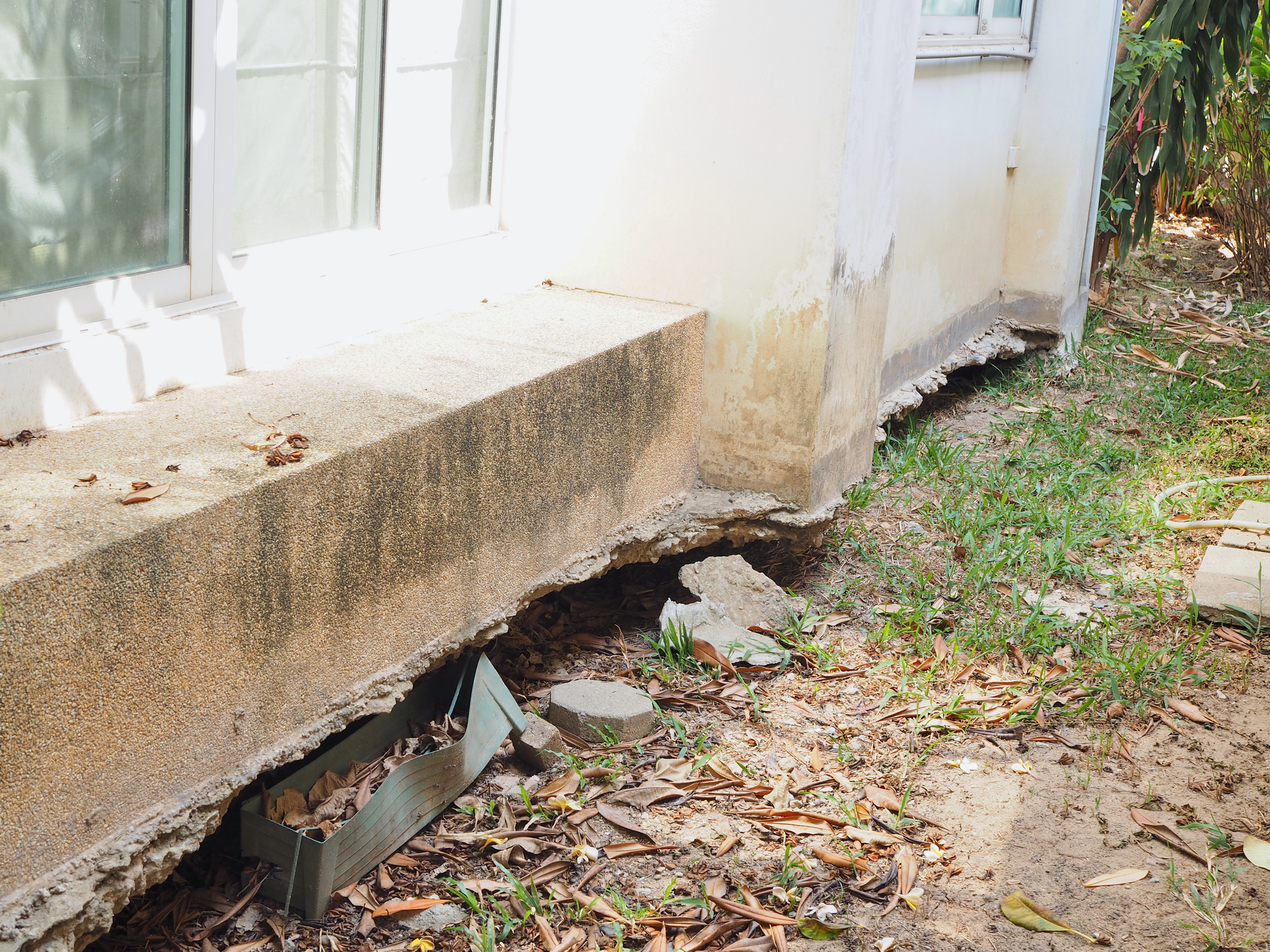
Whether it’s a small leak or a full-blown basement flooding, water damage should never be ignored. It can quickly escalate into a severe problem if not addressed promptly. Some of the risks associated with ignoring water damage include:
- Structural Damage: Prolonged exposure to moisture can weaken the structural integrity of your home, leading to expensive repairs. Excess moisture is a common problem with soffits and fascia damage.
- Mold Growth: Mold growth thrives in moist environments. Mold can grow within 24 hours in damp areas, like basement mold, and pose serious health risks, especially for people with respiratory issues.
- Electrical Malfunctions: Water damage increases the risk of electrical hazards such as short circuits, which can result in fires and electrocution.
- Damage to Personal Belongings: Water damage can ruin carpets, furniture, electronics, and other personal belongings.
- Pest Infestation: Standing water attracts pests like mosquitoes and rodents, increasing the chance of an infestation in your home.
- Health Risks: Water damage can lead to health issues like allergies, asthma, and other respiratory problems due to mold growth and exposure to contaminated water.
To minimize the risk of these consequences, acting quickly and addressing any water damage in your home as soon as possible is essential.
How to Prevent Home Water Damage
Prevention is the key to avoiding costly repairs and health hazards caused by water damage. Here are some tips to help you keep your home safe and dry:
- Clean Gutters and Downspouts: Ensure that your gutters and downspouts are free from debris such as leaves, twigs, and other obstructions. Proper water flow will prevent the accumulation of stagnant water, which can lead to leaks or structural damage.
- Inspect and Maintain Plumbing: Regular inspection and maintenance of your plumbing system is crucial. Promptly address any detected leaks to prevent potential home water damage. Look for signs of leaks, such as damp spots, mold growth, or unusual increases in your water bill.
- Check Appliances for Leaks: Inspect appliances like washing machines, dishwashers, and refrigerators for leaks or malfunctioning parts. A small leak can quickly escalate into a major problem if not addressed promptly. Replace faulty parts as soon as they are identified.
- Install Sump Pump: If you have a basement, installing a sump pump can be a lifesaver during heavy rain or snowmelt. The sump pump automatically removes excess water from the basement, preventing flooding, water damage, and mold.
- Inspect Your Roof: Regularly check your roof for damage, especially after storms or heavy winds. Damaged shingles, missing tiles, or cracks can allow water to seep into your home. Repair any damaged areas immediately to prevent potential leaks and water damage.
Following these simple steps can minimize the risk of water damage in your home. Remember, being proactive is always better than dealing with the aftermath of a disaster.
The Bottom Line
Water damage is a common and often underestimated problem that can have severe consequences if not addressed promptly. By understanding the different types of home water damage, their origins, and how to prevent them, you can ward off the phantoms of home repair nightmares. Regular maintenance of your plumbing and appliances and consistent gutter cleaning are as crucial as carving your Jack-o’-lanterns on time.
Consider the added protection of LeafFilter Gutter Protection. It’s like a magic spell against clogged gutters, preventing future expenses and stress. Prioritize the health of your home—it’s the best way to keep water damage away.

